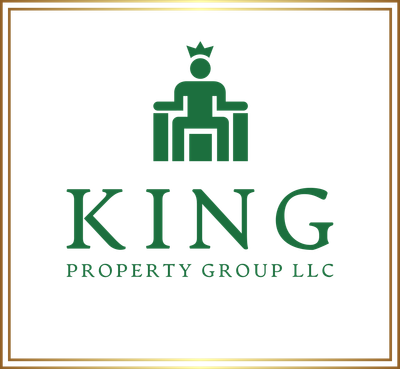As we look ahead to 2026, understanding the evolving landscape of Portland’s real estate market is crucial for both buyers and sellers. Whether you're considering purchasing your first home, selling an investment property, or simply staying informed about market trends, knowledge is power in navigating this dynamic environment. Here's a breakdown of what we can expect in Portland's housing market over the next few years.
1. Continued Growth in Suburban Areas
Portland has seen a shift in interest from urban to suburban areas in recent years, and this trend is expected to continue into 2026. As more people seek space for home offices and more affordable housing options, the suburbs are becoming increasingly attractive. Areas like Gresham, Tigard, and Beaverton offer larger homes for less money compared to the pricier downtown and inner-east Portland neighborhoods. Expect suburban areas to see more development as demand grows.
2. Sustainability Will Be a Top Priority
Eco-conscious living has been a growing trend for years, and in 2026, we can expect sustainability to play an even bigger role in Portland’s real estate market. Homes with energy-efficient features, such as solar panels, energy-efficient windows, and sustainable building materials, will see an increase in demand. Additionally, buyers are likely to value homes located in areas with easy access to public transportation, bike lanes, and green spaces.
3. Rising Home Prices, but Stabilization Expected
Portland’s home prices have been on an upward trajectory for some time, and while we expect this trend to continue into 2026, market experts anticipate a degree of stabilization. Affordability may become a bigger issue, especially as mortgage rates fluctuate. However, Portland’s housing market should remain relatively strong due to the city’s booming tech and healthcare sectors, which are helping to sustain demand for housing.
4. Increased Interest in Multi-Generational Homes
With the rising cost of housing and the growing trend of families living together for financial or personal reasons, multi-generational homes will become more desirable in Portland. Homes that offer separate living spaces, such as basement suites, guesthouses, or additional floors, will be highly sought after as they cater to this demographic shift.
5. The Remote Work Influence on Housing Choices
The rise of remote work, accelerated by the pandemic, has shifted how many people approach their living situations. In 2026, more people will continue working from home at least part-time, which means buyers will prioritize homes with dedicated office spaces, faster internet connections, and proximity to amenities like coffee shops and co-working spaces. Suburbs and areas near Portland’s tech hubs like the Pearl District and South Waterfront will see continued demand for homes that cater to remote workers.
6. The Impact of Zoning Changes
Portland’s zoning laws and regulations have been evolving to keep up with the city’s growing demand for housing. In 2026, expect to see continued changes in zoning regulations that make it easier to develop and build in previously restricted areas. Additionally, efforts to build more affordable housing through inclusionary zoning may lead to the development of more mixed-income neighborhoods across the city.
7. A Shifting Investor Landscape
Investors have long been drawn to Portland’s real estate market, but in 2026, the landscape may shift. With rising home prices and increased demand, there may be a push toward smaller-scale investments, such as single-family rentals and duplexes. Additionally, the increasing desire for eco-friendly, sustainable homes could lead to more demand for properties that cater to this niche market.
Conclusion: A Dynamic Future for Portland’s Real Estate Market
In 2026, Portland’s real estate market will continue to evolve, driven by growth in the suburbs, a demand for sustainable living, rising prices, and changes in family dynamics. Buyers and sellers alike will need to stay informed and adapt to the changing market to make the best possible decisions. Whether you're looking for a home with energy-efficient features or exploring new suburban developments, Portland offers diverse opportunities for both homebuyers and sellers.Stay ahead of the trends, and you’ll be well-positioned to make the most of Portland’s real estate market in 2026!



